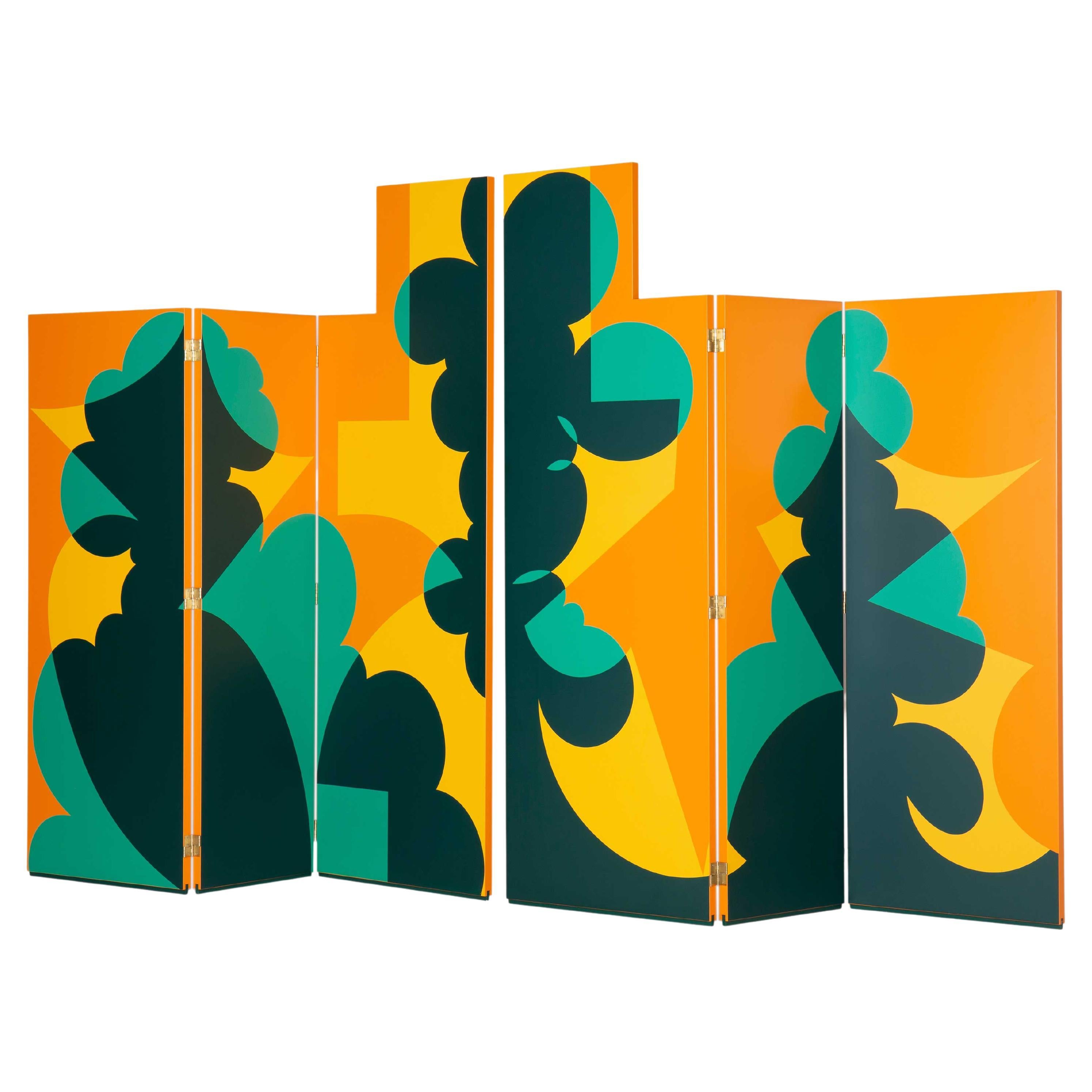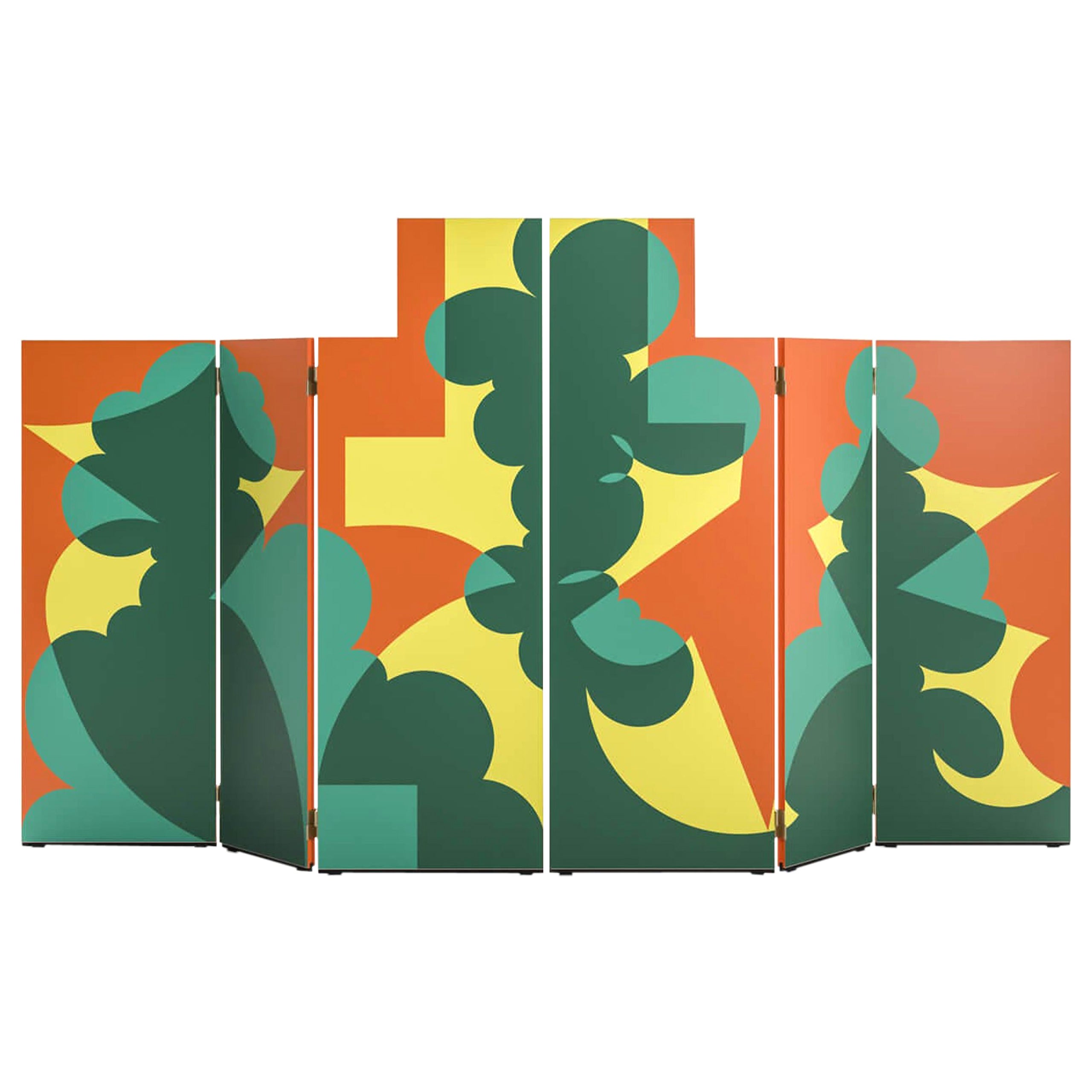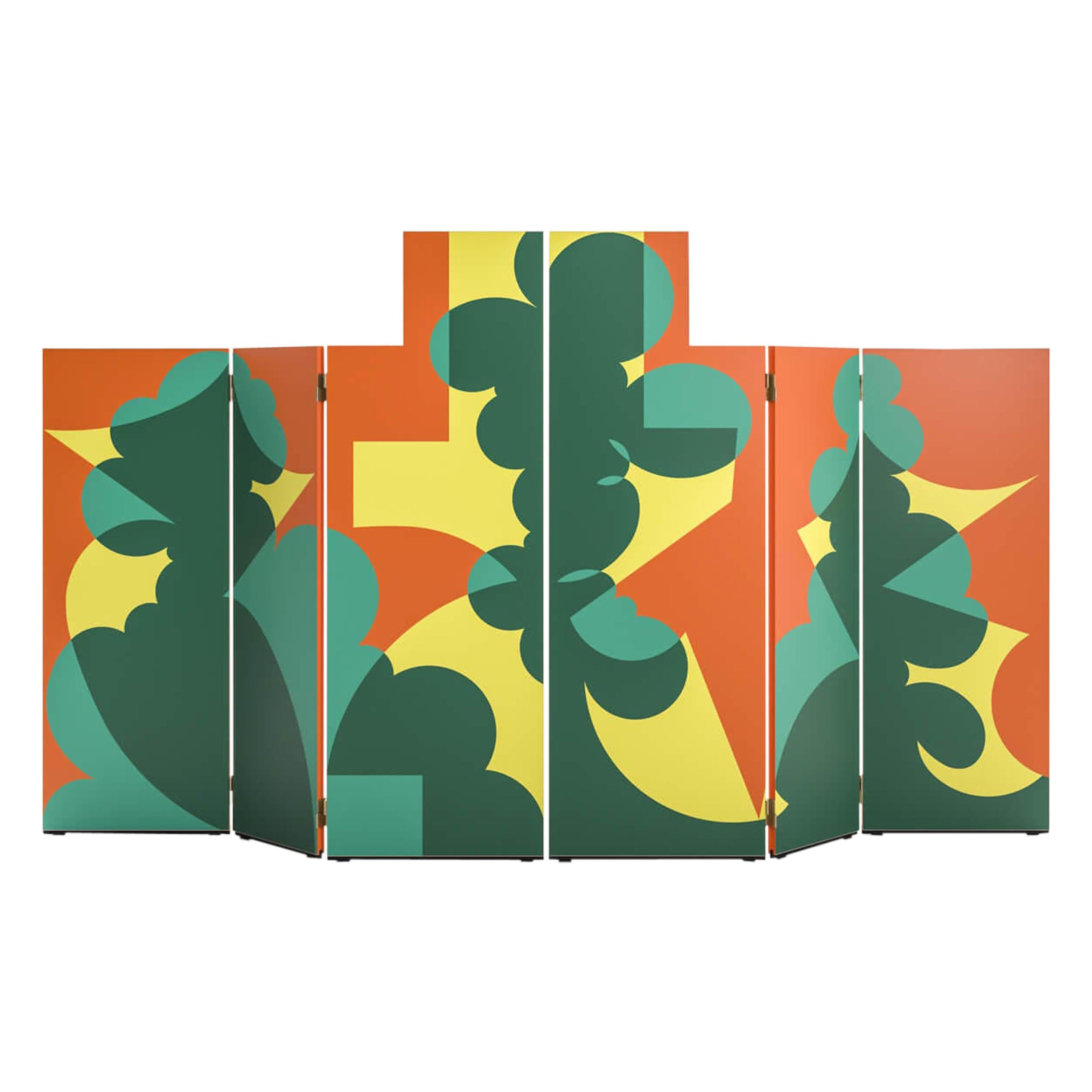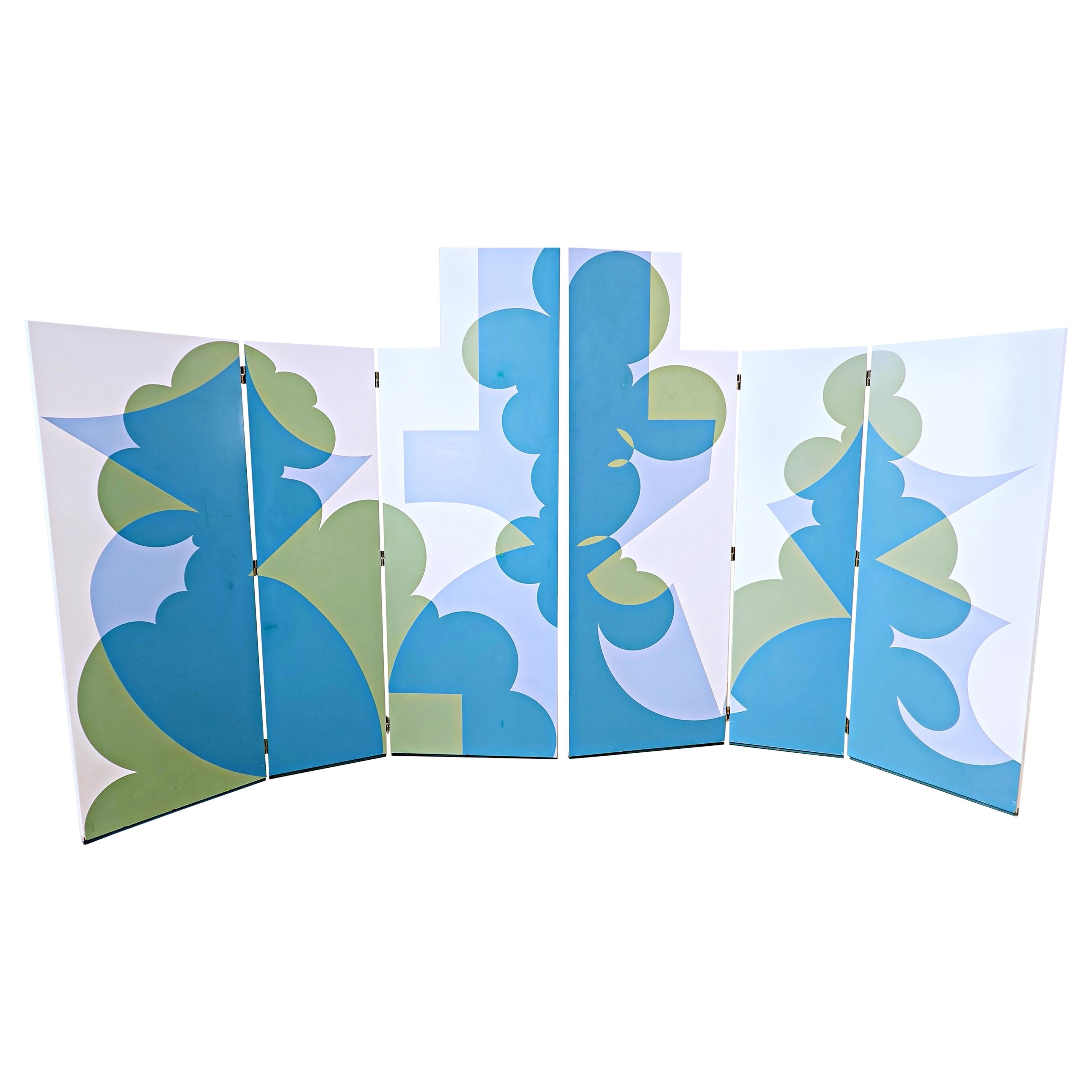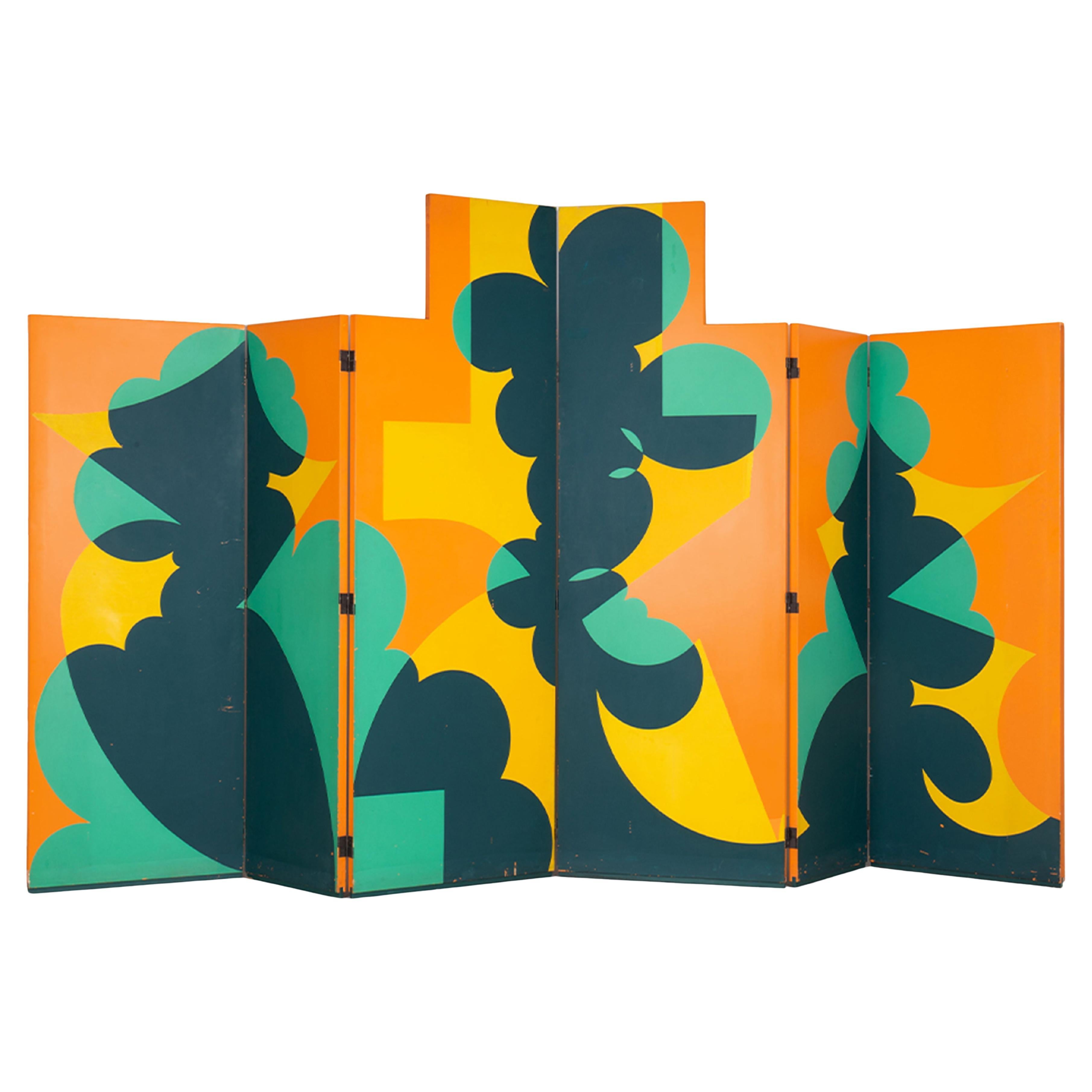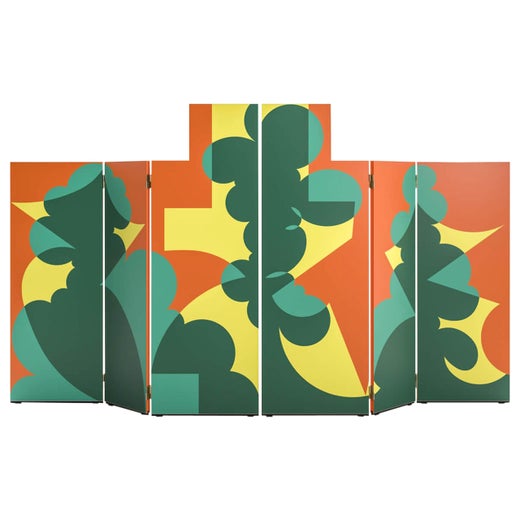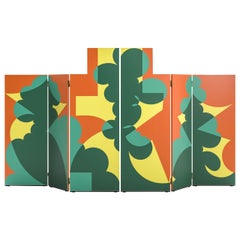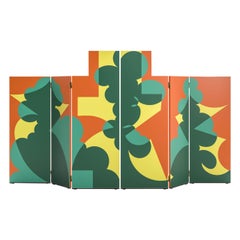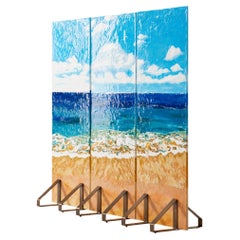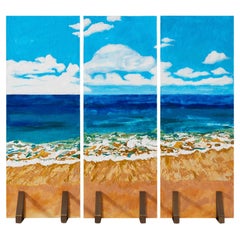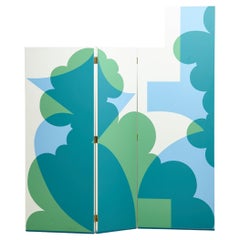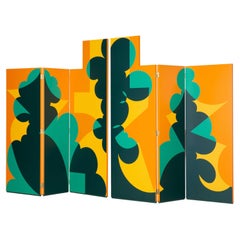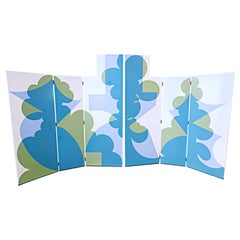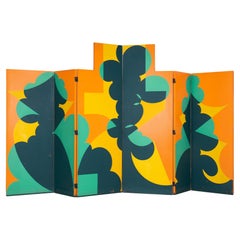Giacomo Balla Paravento Balla Fondo Bianco, Motivo Verde e Blu For Cassina
About the Item
- Creator:Giacomo Balla (Designer)
- Dimensions:Height: 79.53 in (202 cm)Width: 71.26 in (181 cm)Depth: 1.58 in (4 cm)
- Sold As:Set of 2
- Style:Mid-Century Modern (In the Style Of)
- Materials and Techniques:
- Place of Origin:
- Period:
- Date of Manufacture:Contemporary
- Production Type:New & Custom(Current Production)
- Estimated Production Time:14-15 weeks
- Condition:
- Seller Location:Barcelona, ES
- Reference Number:1stDibs: LU1427243031362
Giacomo Balla
Giacomo Balla was born in Turin in 1871. Since he was a young boy, when he began to attend the Accademia Albertina, he dedicated his studies to the violin and painting. His first artistic accomplishment dates back to 1894, a self-portrait. In 1895, Balla moved to Rome with his mother and then in 1900, he moved to Paris for several months. His early years as a painter indicate an interest in the divisionist paintings of Giuseppe Pellizza da Volpedo and Giovanni Segantini, Impressionism and French Post-Impressionism. In 1910, together with his pupils Gino Severini and Umberto Boccioni, he signed the Manifesto of the Futurist Painters. It is in 1912, with works of art such as the famous Dynamism of a Dog on a Leash, that Balla’s art begins to show clear futuristic characteristics, demonstrating a special focus for the objective analysis of detail. Also in 1912, Balla made a provocative gesture with which he auctioned off all of his artwork and declared himself dead, still famous, the phrase pronounced on this occasion, “Balla is dead. Here are sold the works of art of the late Balla,” that marks the clear intention of the artist to deny himself and provoke the public, pushing him towards a reexamination of the values of art. Between the end of 1912 and 1914, the artist painted the Iridescent Compenetration, paintings in which the abstractionism of the composition and the geometry of the shapes prevail. In 1915, together with Fortunato Depero, he signed the Manifesto of the Futurist Reconstruction of the Universe. Towards the end of the Thirties, Balla’s futurist production was always more sporadic; the artist gradually returned to a more figurative painting. During his last years, Balla painted according to a realistic naturalism, that however, even if occasional, he had never completely abandoned.
- ShippingRetrieving quote...Shipping from: Barcelona, Spain
- Return Policy
More From This Seller
View All2010s Italian Mid-Century Modern Screens and Room Dividers
Paper
2010s Italian Mid-Century Modern Screens and Room Dividers
Paper
2010s Italian Mid-Century Modern Screens and Room Dividers
Metal
2010s Italian Mid-Century Modern Prints
Resin
21st Century and Contemporary Belgian Mid-Century Modern Bookcases
Steel
2010s Italian Mid-Century Modern Screens and Room Dividers
Porcelain
You May Also Like
Vintage 1970s Italian Mid-Century Modern Screens and Room Dividers
Wood
Vintage 1970s Italian Mid-Century Modern Screens and Room Dividers
Wood
Vintage 1970s Italian Screens and Room Dividers
Wood
Vintage 1970s Italian Mid-Century Modern Screens and Room Dividers
Wood
Vintage 1970s Italian Mid-Century Modern Screens and Room Dividers
Wood
21st Century and Contemporary Italian Mid-Century Modern Screens and Roo...
Mirror, Walnut

